Do you wish you could glide effortlessly through the water the way skilled swimmers do?
Did you lose interest in swimming as a child because swimming lessons were stressful and exhausting?
Or did you take swimming lessons as an adult for weeks, months, or even years without making significant progress?
Well, it doesn’t have to be that way! With the right approach, it is possible to learn to swim without having to fear water and without having to flail your arms and legs wildly to stay afloat.

Did you know that most people can float in the water without having to move their limbs?
This is because the human body is also primarily made up of water, and as a consequence, the air-filled lungs act like natural buoys that allow you to float.
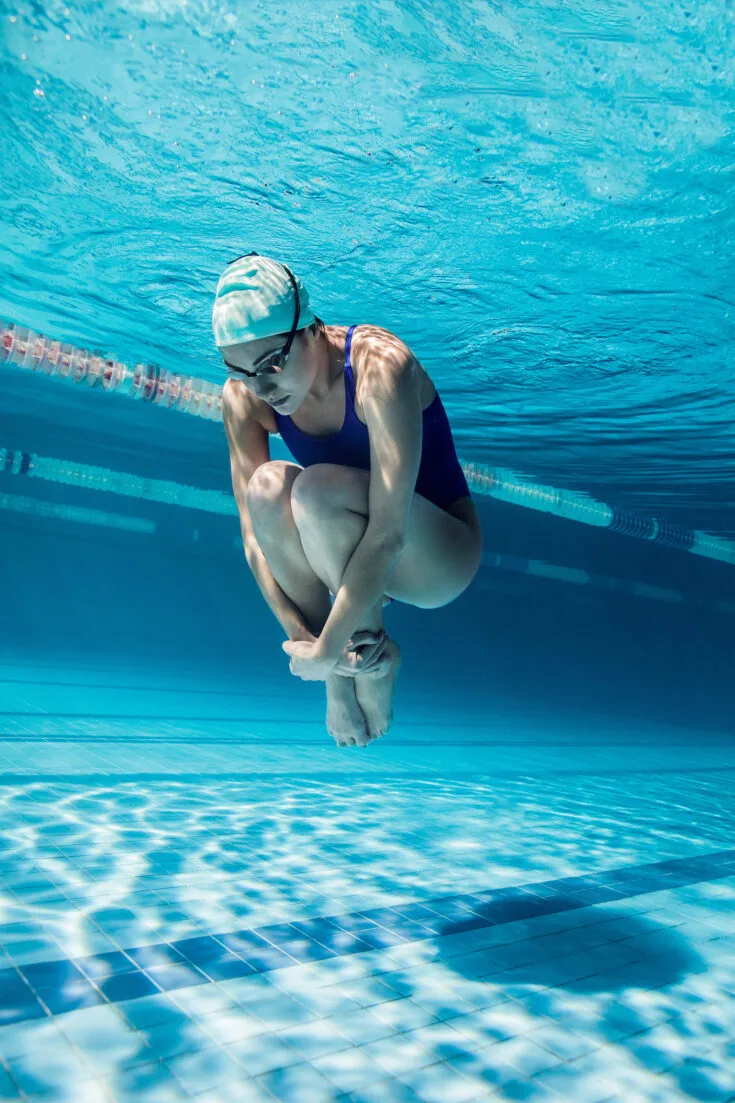
By taking advantage of these characteristics of the body, it is possible to learn to swim one step at a time, without stress.
This is the approach we are following on this website. Because learning to swim should be enjoyable and not a chore.
Learn to Swim
A large part of this website is dedicated to learning how to swim.
Our basic swimming techniques are designed to familiarize beginners with the water and also teach them how to stay afloat without much effort.
Afterward, beginners can turn their attention to a specific swimming stroke by practicing the series of drills for that swimming stroke.
Experienced swimmers who want to improve their swimming technique may also want to practice the series of swimming drills specific to each swimming stroke.
Learn Basic Swimming Techniques
For beginners, it makes sense to practice our basic swimming techniques first. These techniques allow the beginner to gain confidence in the water and then to learn how to stay afloat. The following topics are covered:
- Overcoming the fear of water
- Learning to flutter kick
- Learning the starfish float
- Learning the breaststroke kick
- Learning how to scull water
- Learning how to tread water
- Learning how to dog paddle
- Learning how to do the elementary backstroke.
Start learning basic swimming techniques here.
Learn to Swim Front Crawl
Learning how to front crawl is challenging for several reasons.
Your face is underwater for most of the stroke cycle, and you have to roll to the side to breathe. Meanwhile, the arms and legs execute alternating opposite movements.
Therefore, it takes a lot of practice to perform all of the different movements of this swimming stroke correctly and simultaneously.
However, learning to swim is much easier if you use a step-by-step approach, such as the one we use in our series of swimming drills for the front crawl stroke.
This series of exercises can be divided into four lessons:
1) Static balance: In the first lesson, you try to keep your balance while staying in a horizontal position on your back, belly, and side.
2) Dynamic balance: In the second lesson, you try to keep your balance while changing between a horizontal position on the back, on the belly, and on the side.
3) Tall posture: In the third lesson, the arms are extended forward and no longer held at the side. This shifts the body’s center of gravity. Balance is practiced again.
4) Adding the arm movements: After practicing the balance in different positions and while changing between positions, adding the arm movements is relatively uncomplicated. This is what we do in the final lesson of our swimming exercises.
Start learning the front crawl stroke here.
Learn to Swim Breaststroke
The breaststroke is suitable for beginners because you can keep your head above water, which allows you to breathe freely and swim without goggles.
That is why, at least in European countries, breaststroke is often the first swimming stroke that is taught.
In this article, we explain our method for learning breaststroke. Our method is divided into the following steps:
1) In the first step, the arm movements, leg movements, and breathing are practiced individually on land.
2) In the second step, the arm and leg movements are practiced separately in the water, with pull buoys and swimming noodles providing additional buoyancy.
3) In the third step, the arm and leg movements are practiced simultaneously in the water, with the help of pull buoys and swimming noodles, like in the previous step.
4) The last step, which consists of swimming without any aids, is done when the student has gained enough confidence in his swimming abilities.
Start learning the breaststroke here.
Learn to Swim Butterfly
Learning to swim the butterfly can be difficult for two reasons:
- First, the swimming stroke is exhausting in itself because it requires a lot of strength.
- Second, the swimming technique requires good timing of the trunk, arm, and leg movements, which must first be understood and put into practice.
Therefore, our method for learning the butterfly stroke uses, as usual, a series of successive swimming exercises that build on one another.
These swimming exercises can be divided into the following steps:
1. First, the undulating movement of the body is practiced along with the dolphin kick.
2. Next, the underwater arm movements that provide propulsion are practiced.
3. Then the bilateral arm recovery over the water is practiced.
4. Subsequently, all of the butterfly’s movements are performed simultaneously, but in a way that does not tire the swimmer too quickly.
5. Finally, the swimmer is encouraged to swim a whole butterfly stroke.
Start learning the butterfly stroke here.
Learn to Swim Backstroke
To learn the backstroke, an important prerequisite is to have a good balance in the supine position while in the water so that the head does not sink, and one can breathe freely.
Therefore, our swimming exercises for the backstroke emphasize learning this basic skill.
As always, these exercises build on each other so that you can learn this swimming style step by step. The swimming exercises can be divided into the following steps:
1) First, practice the flutter kick on your back while holding on to the edge of the pool.
2) Next, practice balance by floating on your back and sides and using the flutter kick to move forward.
3) Then, practice the underwater and above water arm movements separately with each arm.
4) Finally, practice both arm movements simultaneously.
Start learning the backstroke here.
Learn Sidestroke
When you swim the sidestroke, the limbs on one side perform different movements than on the other side.
That’s why the coordination of these movements can be a little bit difficult at first.
However, with our swimming exercises for the sidestroke, you will be taught this swimming technique one step at a time, as usual. The following exercises are practiced:
1) The arm movements are practiced on land.
2) The leg movements are practiced on land.
3) The arm movements are practiced in the water with swimming aids.
4) The leg movements are practiced in the water with swimming aids.
5) Then, the arm and leg movements are practiced together with the help of swimming aids.
6) Finally, the swimmer is encouraged to practice the sidestroke in the water without flotation aids.
Start learning the sidestroke here.
Swimming Technique – Tweaks and Mistakes
Swimming Technique – Tweaks and Mistakes: Once you have mastered the basics of a swimming stroke, there are still many ways to improve your swimming technique.
Swimming is a very technical sport, and therefore, there are always technical subtleties that can be improved, and this for a lifetime.
In this article, we describe technical subtleties as well as possible mistakes in your swimming technique that you should be aware of.
Swimming Strokes Overview
In this section of the website, we give an overview of the most commonly used swimming strokes today and then describe the swimming technique for each stroke in more detail.
This information is especially interesting for you if you have learned the basic technique of a swimming stroke and want to learn more about the correct execution of the individual movements that make up such a swimming stroke.
We cover the following strokes:
Front Crawl
The freestyle stroke, also known as front crawl, is the fastest and most efficient of the swimming strokes used in competition.
This is why it is used in freestyle races and is also often the favorite stroke for experienced swimmers and triathletes.
The freestyle stroke is swum in a horizontal position with the body facing down. The body rolls from one side to the other, always turning to the side of the arm that is currently pulling in the water.
The arms execute alternating movements. While one arm moves and pulls underwater from an extended forward position to the hip, the other arm recovers above water from the hip to the extended forward position.
The legs execute a flutter kick. This means that they perform small, fast movements with stretched feet while the hips and knees bend slightly.
The flutter kick uses alternating and opposite movements. While one leg moves up, the other moves down, and vice versa.
To breathe, the swimmer turns his head to the side during the arm recovery until his mouth is above the water surface. The swimmer inhales quickly and then turns his head back down.
Learn more about the swimming technique of the front crawl stroke here.
Breaststroke
Breaststroke is, without a doubt, one of the most popular swimming strokes. In fact, for many people, it is the only stroke that they use regularly.
The breaststroke is swum with the body facing down. The body position changes continuously during the stroke cycle. It moves from a horizontal position during the glide phase to an inclined position during the arm pull.
The arms perform synchronous semicircular movements underwater during the pull phase and move forward in a straight line during the arm recovery phase.
The legs perform a frog kick. They kick outward and backward, then inward and backward during the propulsive phase. During the leg recovery phase, the feet are brought toward the buttocks.
Breathing occurs during the arm recovery forward when the head is above water.
Learn more about the swimming technique of the breaststroke here.
Butterfly Stroke
The butterfly is a very spectacular swimming stroke. It requires a lot of strength and good coordination from the swimmer and is, therefore, one of the more difficult swimming strokes to learn.
The butterfly stroke is swum with the body facing down. The body carries out a wave-like movement, which moves from head to foot.
The arm stroke is symmetrical. The hands execute an hourglass pattern while pulling in the water. During the arm recovery, the arms circle forward sideways, above the water.
The legs perform a dolphin kick. They are held together and perform symmetrical movements. The legs move up and down, bending and stretching slightly at the hips and knees, with the feet extended.
Breathing occurs during the arm recovery, when the head and chest are lifted above the water to allow breathing. Usually, breathing occurs in every other stroke cycle.
Learn more about the swimming technique of the butterfly stroke here.
Backstroke
The backstroke is the only one of the four competitive strokes that is swum on the back.
The backstroke is swum on the back in a horizontal position. The body rolls from side to side, always turning to the side of the arm that is currently pulling in the water.
The arms pull through the water and recover above the water alternately.
The pulling arm sweeps through the water from an extended forward position to outside the shoulder and then to the hip.
The arm recovery occurs above the water with a straight arm. The hand traces a semi-circle in the air, moving from the hip over the shoulder and then extending forward again.
The legs do a flutter kick, kicking up and down alternately with fast, compact movements and with stretched feet.
The swimmer can breathe freely in the backstroke, as the face always remains above water. However, breathing is usually synchronized with the arm movements.
Learn more about the swimming technique for the backstroke here.
Swimming Resources
Swimming Resources: A collection of various topics related to swimming that are not necessarily about learning to swim or improving one’s swimming technique.
Swimming Equipment
Swimming Equipment, Gear and Accessories: As a beginner, it can be challenging to know which swimming equipment you need.
In this article, we give you a list of common swimming gear and explain when it makes sense to use it.
For example, we describe different types of swimming caps, popular swimming goggles, nose clips, paddles, fins, and much more.
Learn more about common swimming equipment here.
Swimming Tips
Swimming Tips: In this section of the website, we describe a whole range of tips related to swimming.
For example, we give tips on breathing while swimming, how to improve your front crawl, how to effectively learn a new swimming stroke on your own, and more.
Browse our swimming tips here.
Health and Safety
Swimming, Health, and Safety: Swimming is an excellent sport that has many benefits for the body and mind and can be practiced at any age.
But there are certain aspects of this sport that a swimmer must pay attention to in order to stay healthy and enjoy swimming for a lifetime!
We cover the following topics:
- The benefits of swimming
- Swimming, nutrition, and weight control
- Swimming injuries
- The dangers of swimming underwater
- Baby swimming tips
- More
Go to Swimming, Health, and Safety.
Swimming Articles
Swimming Articles: This is a collection of articles on various topics that are not covered elsewhere on this website: swimming pool etiquette, swimming pool rules, overcoming a fear of water, how to keep the fun in swimming, and more.

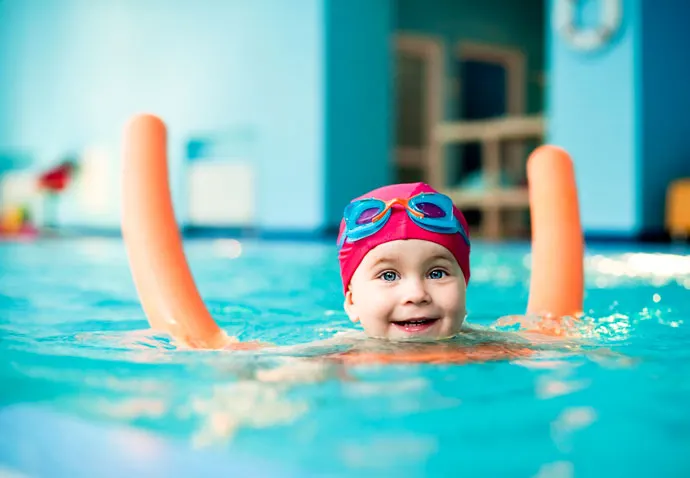
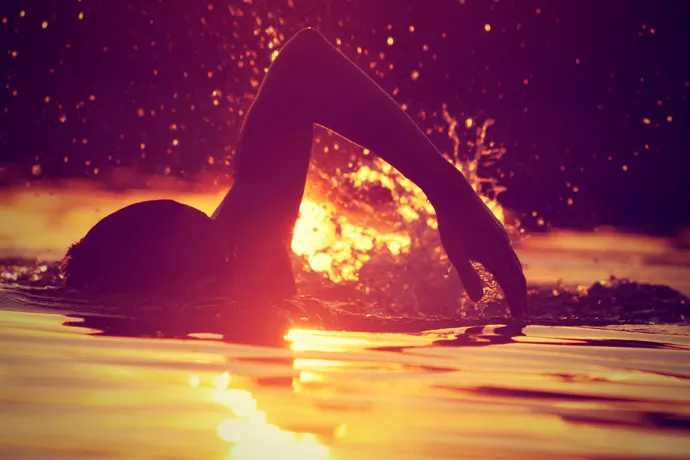
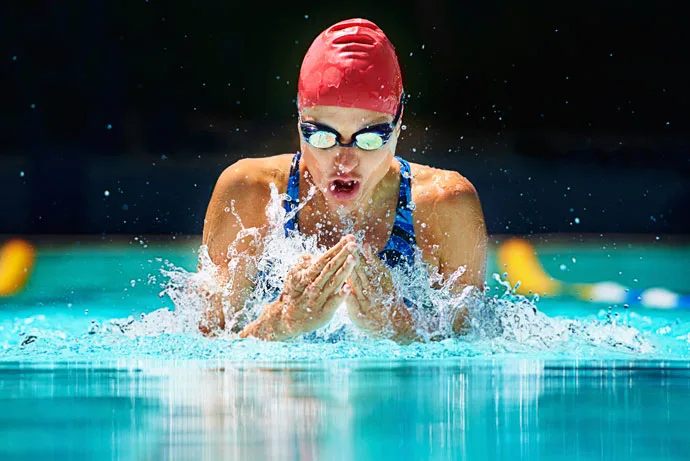
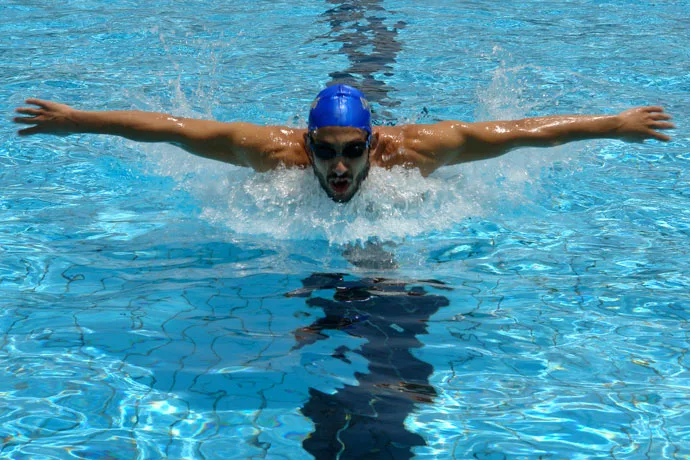
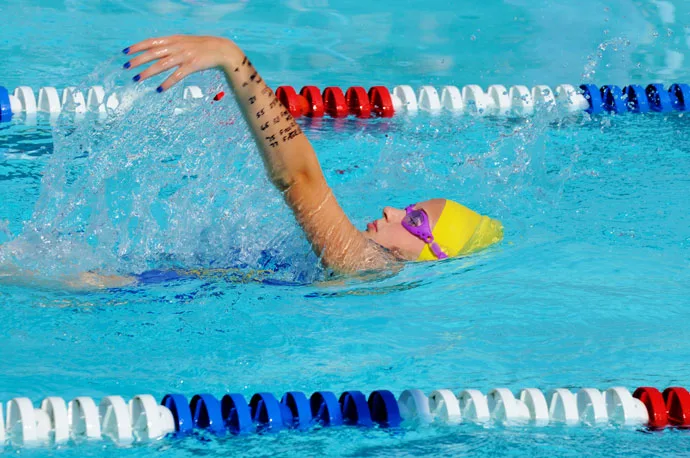
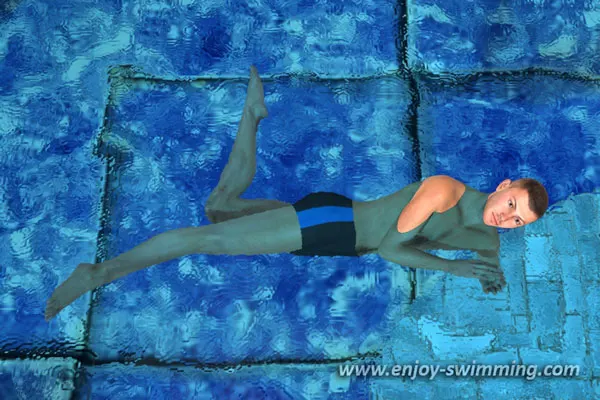
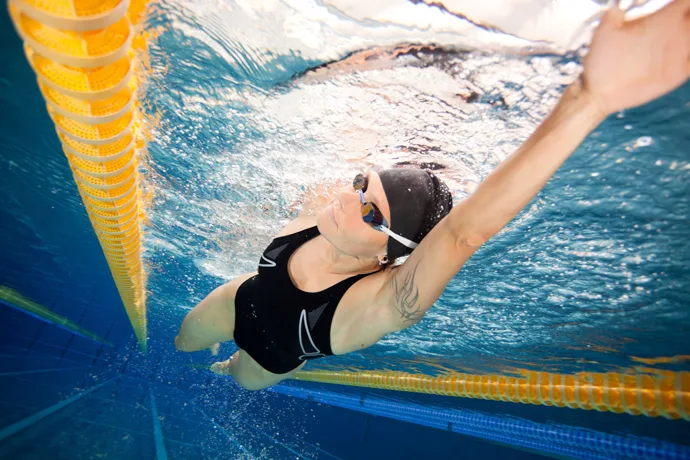
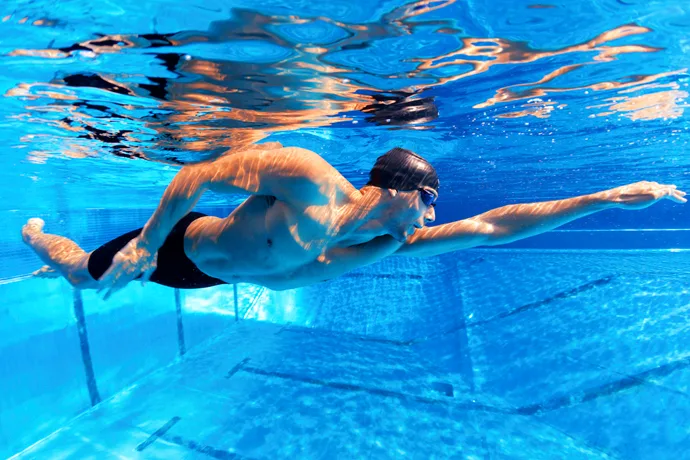
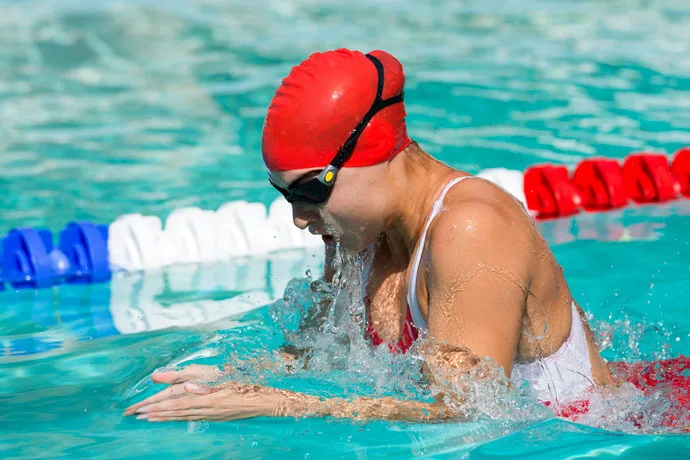
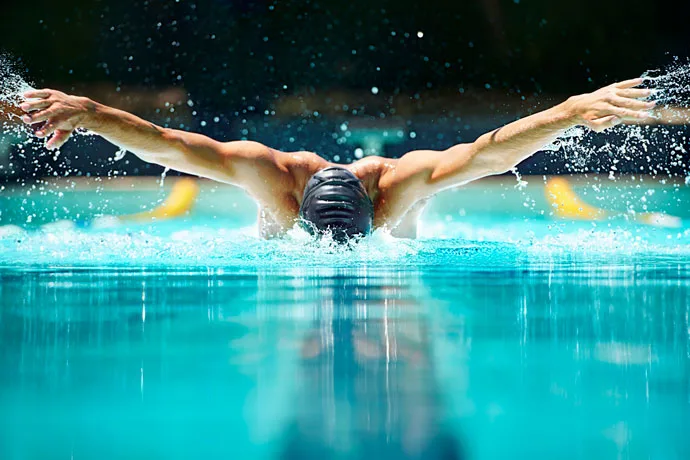
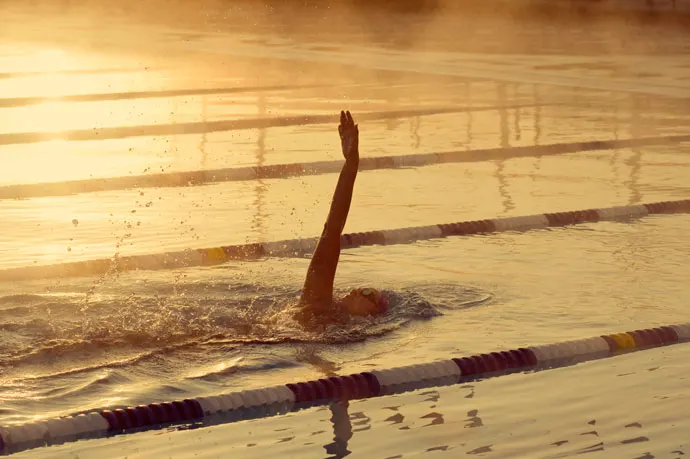
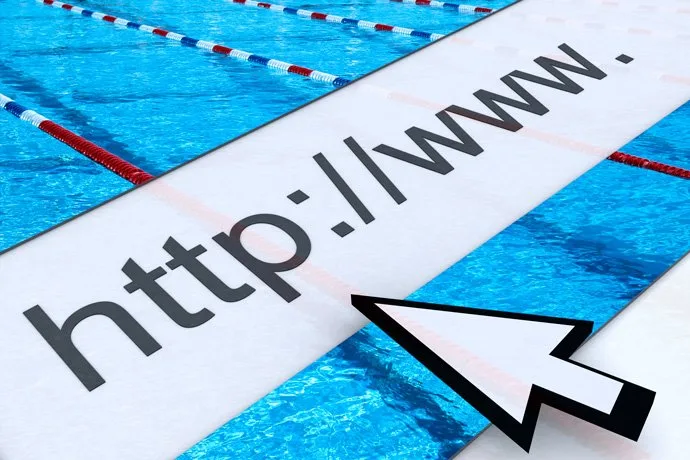
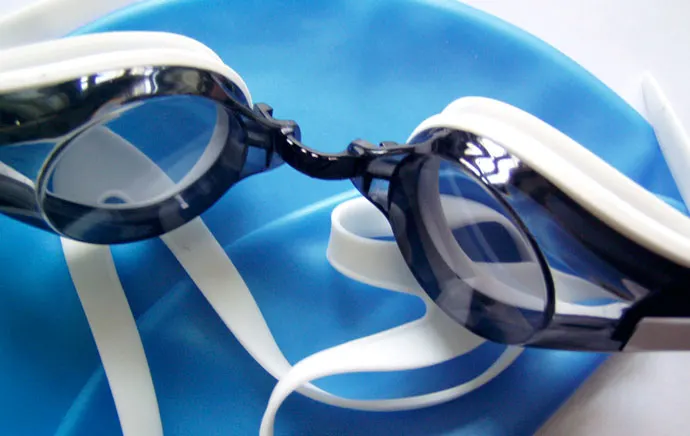
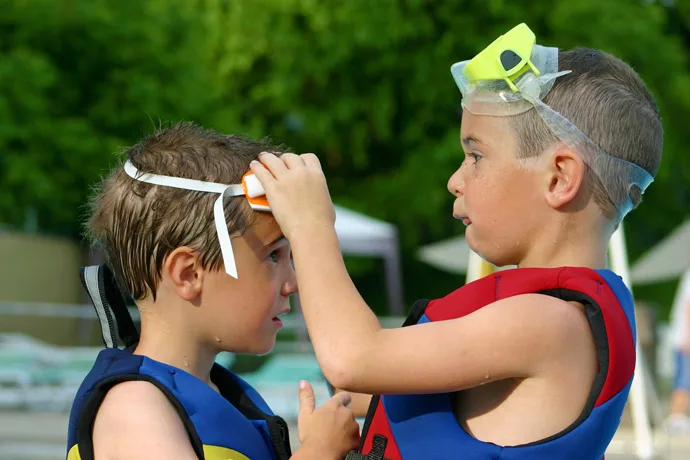
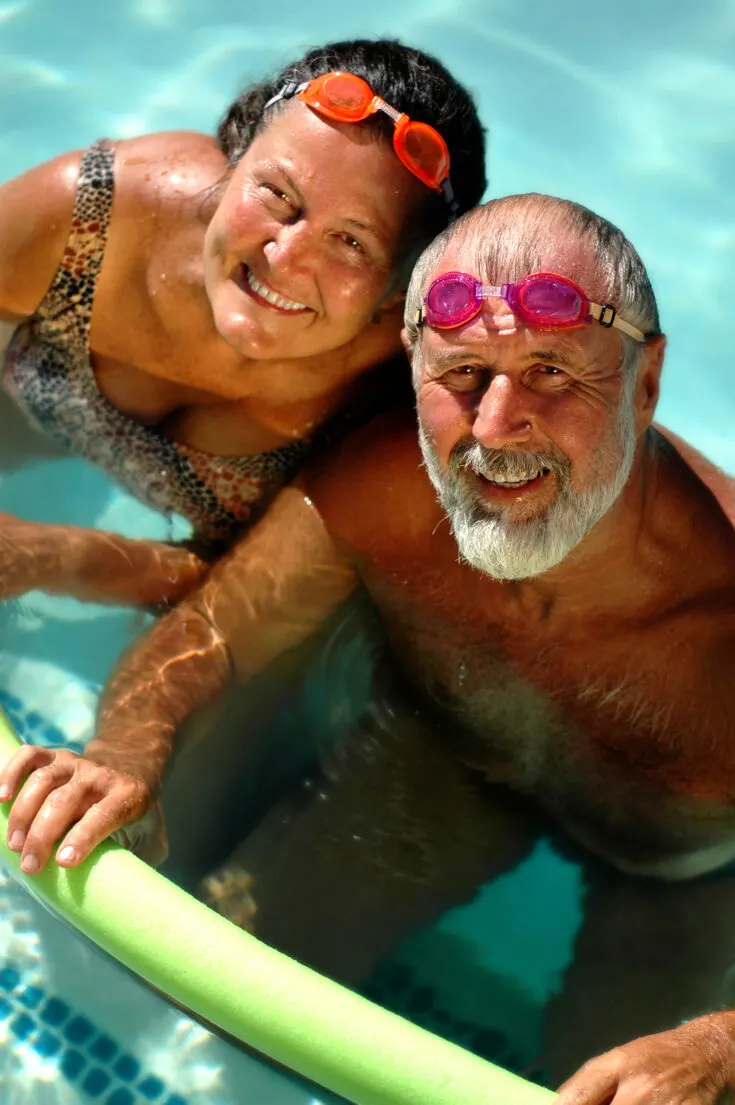
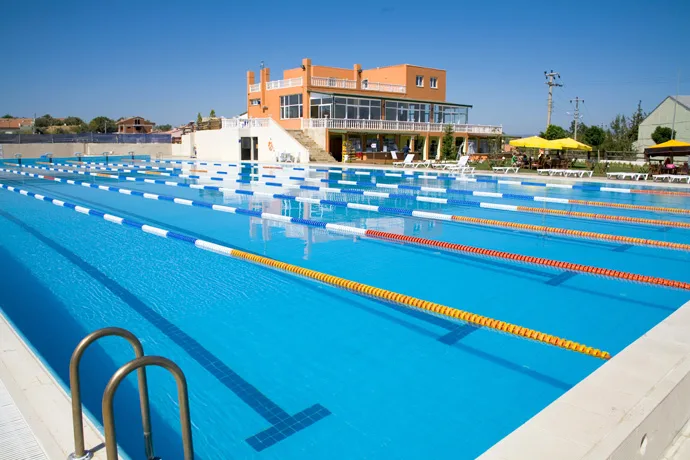
Nabil
Sunday 10th of May 2020
This site is wonderful
Sheila B
Sunday 11th of August 2019
Hi Christopher, just wanted to say thank you for this wonderful website.
I'm a 56-year-old who started swimming lessons earlier this year after a lifetime of being afraid of water due to a bad childhood experience.
I love the straightforward way you give advice and have found the videos particularly helpful.
Keep up the great work.
Christophe
Sunday 11th of August 2019
Thanks a lot, Sheila!
Pam
Saturday 20th of April 2019
Are water aerobics or aqua fit as good as swimming?
Thanks, Pam.
Christophe
Saturday 20th of April 2019
Hi Pam,
I think you can get as good a workout in water aerobics as you can in swimming. I hope that answers your question...
Nick (from Singapore)
Sunday 14th of October 2018
Hi Christophe,
Many thanks for sharing your skills & experience on this most EXCELLENT & INFORMATIVE website.
The story of my own encounter with swimming is very SIMILAR to that of yours. So, yes, I can certainly relate.
And, now, I have to get back to working on my Side-Stroke.
Thanks again.
Christophe
Sunday 14th of October 2018
Thanks Nick!
Christophe
Tuesday 3rd of April 2018
Hi Janet,
Our sequence of drills for the front crawl lets you build up the stroke from the ground up, one step at a time:
https://www.enjoy-swimming.com/learn-how-to-swim.html
It isn't a quick fix, however, expect to spend a few weeks working through those drills.
Good luck!